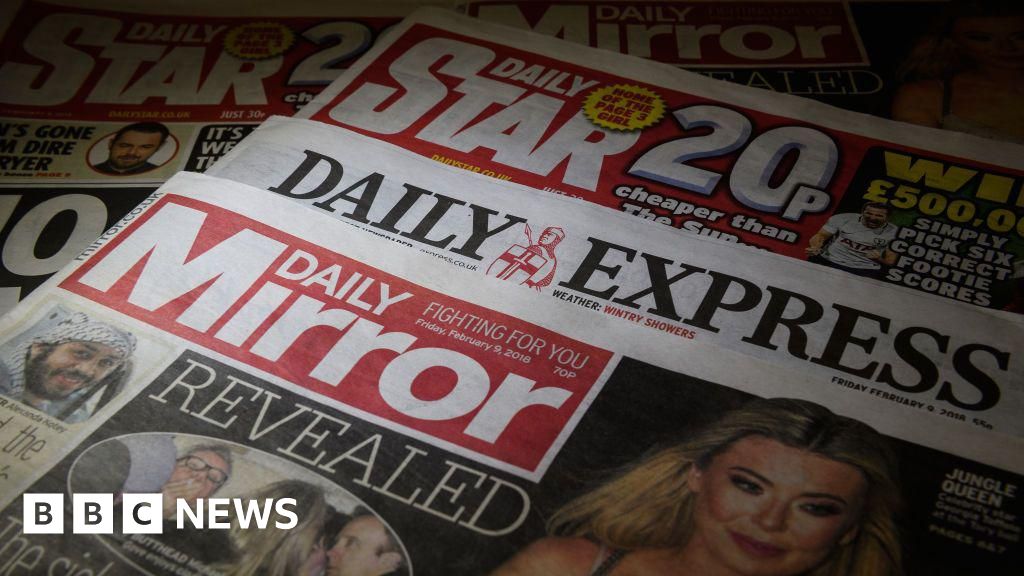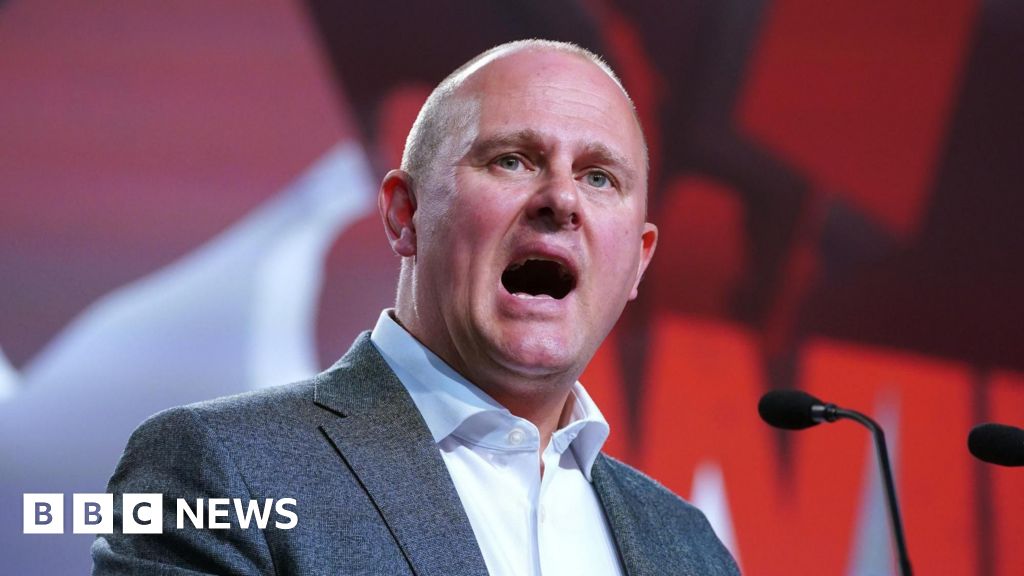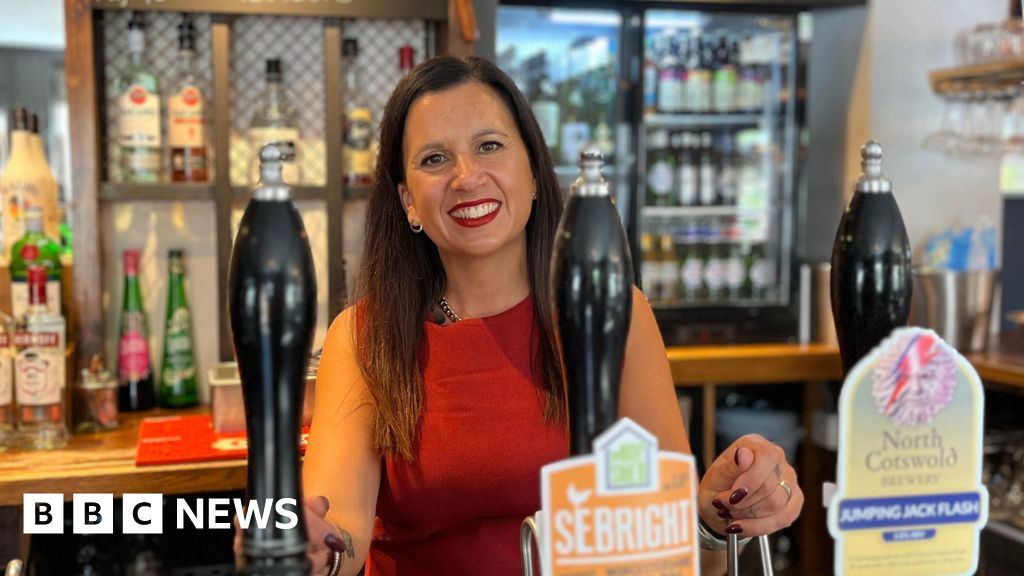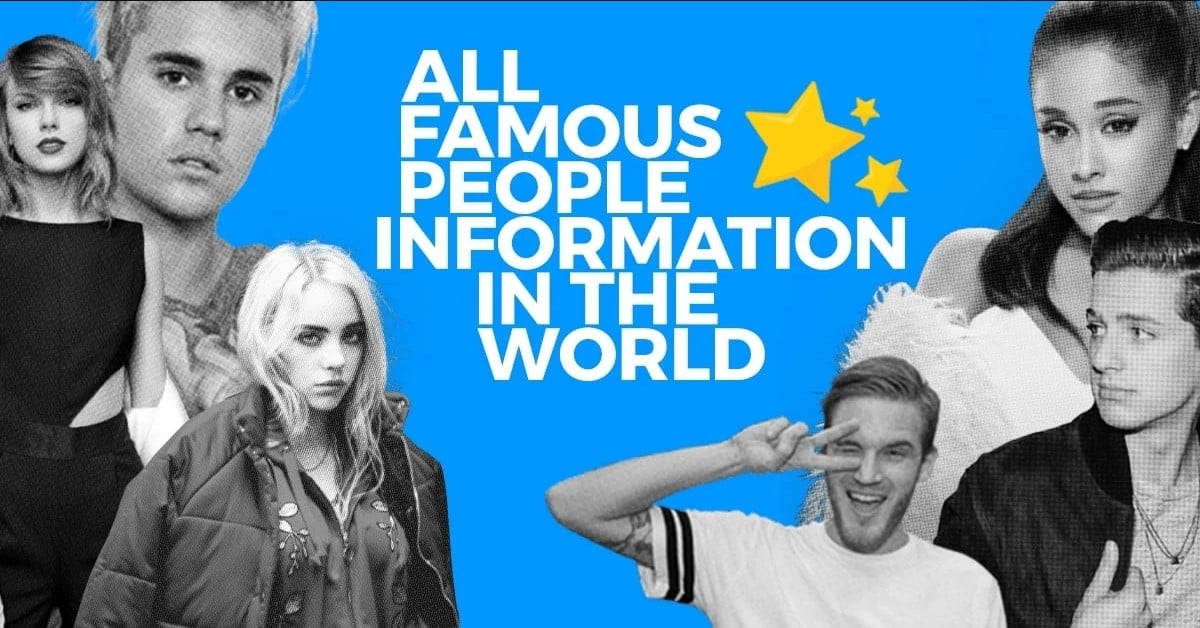
borabajk/Depositphotos
The recent shutdown of USAID-funded programs has sent a familiar tremor through East Africa. For decades, the region has navigated a development landscape dominated by foreign powers, with USAID serving as a cornerstone partner in critical sectors like health, education, and economic governance. While the immediate loss of funding is substantial, this moment of disruption should be seen as more than a setback; it is a strategic inflection point. It presents East African nations with a critical imperative to fundamentally reassess their international partnerships, break the cycle of dependency on superpowers, and architect a more resilient, self-determined future.
This is not merely about weathering a temporary storm. The reliance on a single major donor, however benevolent, creates inherent vulnerabilities. Shifting political winds in Washington, domestic budget battles, or changes in geopolitical priorities can turn off the aid spigot with little warning, leaving vital local initiatives in limbo. The current situation serves as a stark reminder that the patronage of a superpower is often conditional and unpredictable.
Into this void steps another global giant: China. In the wake of any Western pullback, observers are quick to point to Beijing as the heir apparent to influence in Africa. Through its colossal Belt and Road Initiative (BRI), China has already cemented its role as the continent’s primary infrastructure financier, pouring over a trillion dollars into foreign projects and directing nearly half of its foreign aid to Africa between 2013 and 2018. Projects like Kenya’s Standard Gauge Railway or the Addis Ababa-Djibouti Railway stand as testaments to China’s capacity to deliver large-scale infrastructure at a speed Western partners cannot match.
However, this model of cooperation introduces a different set of anxieties. The “debt-trap diplomacy” critique, while sometimes overstated, highlights a genuine concern. Many BRI projects are financed through opaque loans that can lead to unsustainable debt burdens, potentially compromising the economic sovereignty of recipient nations. Furthermore, concerns persist regarding labor practices, the environmental impact of major projects, and a general lack of transparency that can undermine good governance. Shifting from a dependency on Washington to one on Beijing is not a strategy for resilience; it is merely trading one form of vulnerability for another.
The most strategic path forward for East Africa lies not in choosing between superpowers, but in looking beyond them. There is a robust, yet often overlooked, tier of “middle powers” whose development agencies offer a fundamentally different model of cooperation. Countries like South Korea, Turkey, Canada, the Nordic nations, and even emerging partners like Brazil, offer partnerships that are often more flexible, context-sensitive, and rooted in principles of mutual respect. These nations tend to prioritize capacity-building, technical knowledge transfer, and sustainability over sheer geopolitical leverage. By cultivating a diversified portfolio of these partnerships, East African nations can mitigate the risks of overdependence and ensure that development aligns with their own social, political, and economic priorities.
A strategic starting point for this expanded cooperation is the human rights sector. This may seem counterintuitive in a development landscape often dominated by “hard” infrastructure, but it is foundational. Unlike capital-intensive projects, human rights programs focus on strengthening the essential software of a nation: its legal frameworks, its institutions, and its civil society. These initiatives foster long-term improvements in governance, transparency, and social stability, creating a more predictable and attractive environment for all forms of investment. By reinforcing their human rights foundations, nations build a bedrock for economic and political cooperation rooted in shared values, not just transactional interests.
Several partnerships already highlight the success of this model. South Korea’s development agency, KOICA, in partnership with Korea Food for the Hungry International, supports persons with disabilities and promotes disability awareness in Western Uganda. This project provides essential vocational training while advancing the human rights of a marginalized group. It not only fosters their inclusion in education and employment but also contributes to the improvement of the Persons with Disabilities Act, 2020, and the realization of disability rights at both national and local levels. Similarly, the Turkish Cooperation and Coordination Agency (TİKA) has made significant contributions in Kenya across healthcare, education, and water management. By funding orthopedic camps, building schools, and donating critical equipment, TİKA’s interventions address fundamental human rights—including access to healthcare, education, and clean water.
This approach extends beyond these examples. The Nordic countries, for instance, have a long history of supporting good governance, press freedom, and anti-corruption initiatives across the continent. A partnership with an agency like the Swedish International Development Cooperation Agency (Sida) can provide the technical expertise needed to strengthen judicial independence or empower local watchdog organizations—investments that pay long-term dividends for democratic and economic stability.
Of course, this path is not without its challenges. Middle powers, acting alone, cannot match the financial scale of the so-called superpowers. Furthermore, managing a dozen smaller partnerships can be administratively more complex for a government than dealing with one or two major donors. This is where regional bodies like the East African Community (EAC) have a vital role to play in coordinating efforts, harmonizing standards, and presenting a unified front to ensure that partnerships are as effective as possible. Moreover, one must not be naive; middle powers also act in their own national interest. Yet, their interests are often more aligned with long-term stability, multilateralism, and trade relationships rather than zero-sum geopolitical competition.
Ultimately, the USAID suspension is an ongoing challenge, but it must be treated as a catalyst for profound strategic realignment. The era of passive reliance on superpower patronage is over. By actively diversifying partnerships and prioritizing rights-focused, sustainable, and knowledge-based initiatives with a broad range of middle powers, East Africa can assert greater control over its own development trajectory. The path forward presents a clear choice: continue to navigate the volatile and unpredictable currents of global power politics, or seize this moment to build a more resilient, equitable, and prosperous future through diversified, strategic, and value-based partnerships. The latter is not just an alternative; it is an imperative.
Further Reading on E-International Relations
About The Author(s)
Sinmyung Park is a Ph.D. candidate in ASU’s School of Social Transformation and a Global Human Rights Hub fellow at ASU’s New College. He is currently the Project Manager for the KOICA-KFHI Partnership in Western Uganda, titled “Support for Vocational Training Schools for Persons with Disabilities and Raising Disability Awareness in Western Uganda.” His writings have been featured in various publications, including The Diplomat, E-International Relations, Development Media Group, and London Conflict Review.
Before you download your free e-book, please consider donating to support open access publishing.
E-IR is an independent non-profit publisher run by an all volunteer team. Your donations allow us to invest in new open access titles and pay our bandwidth bills to ensure we keep our existing titles free to view. Any amount, in any currency, is appreciated. Many thanks!
Donations are voluntary and not required to download the e-book - your link to download is below.

 Movie
Movie 2 months ago
129
2 months ago
129 






![Presidents Day Weekend Car Sales [2021 Edition] Presidents Day Weekend Car Sales [2021 Edition]](https://www.findthebestcarprice.com/wp-content/uploads/Presidents-Day-Weekend-car-sales.jpg)



 English (United States)
English (United States)